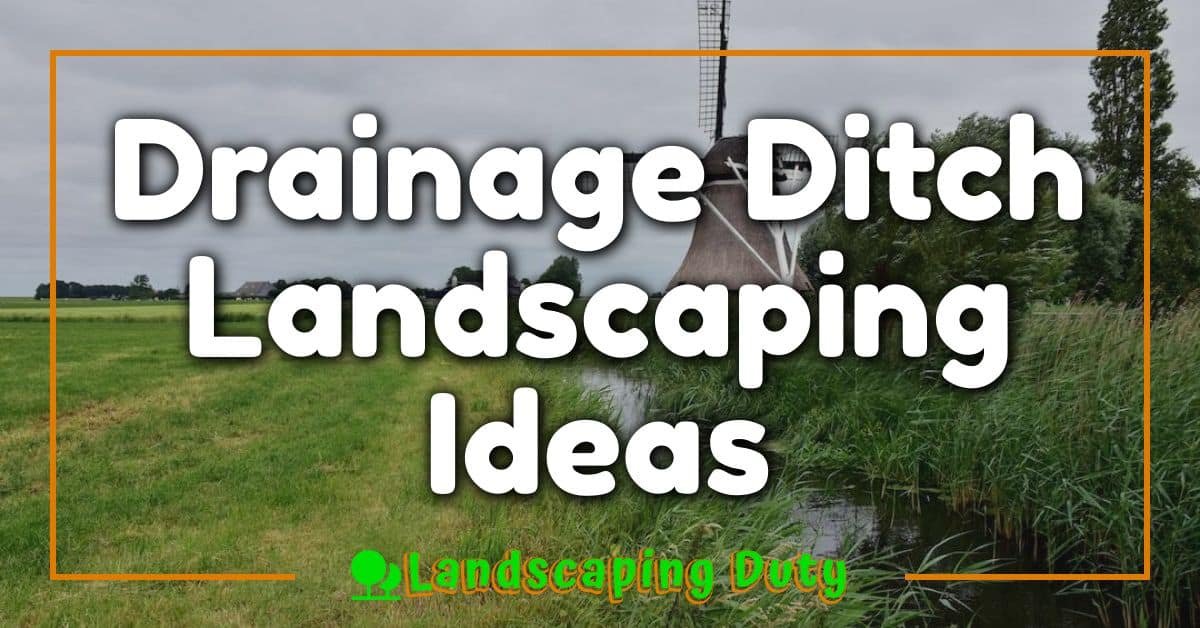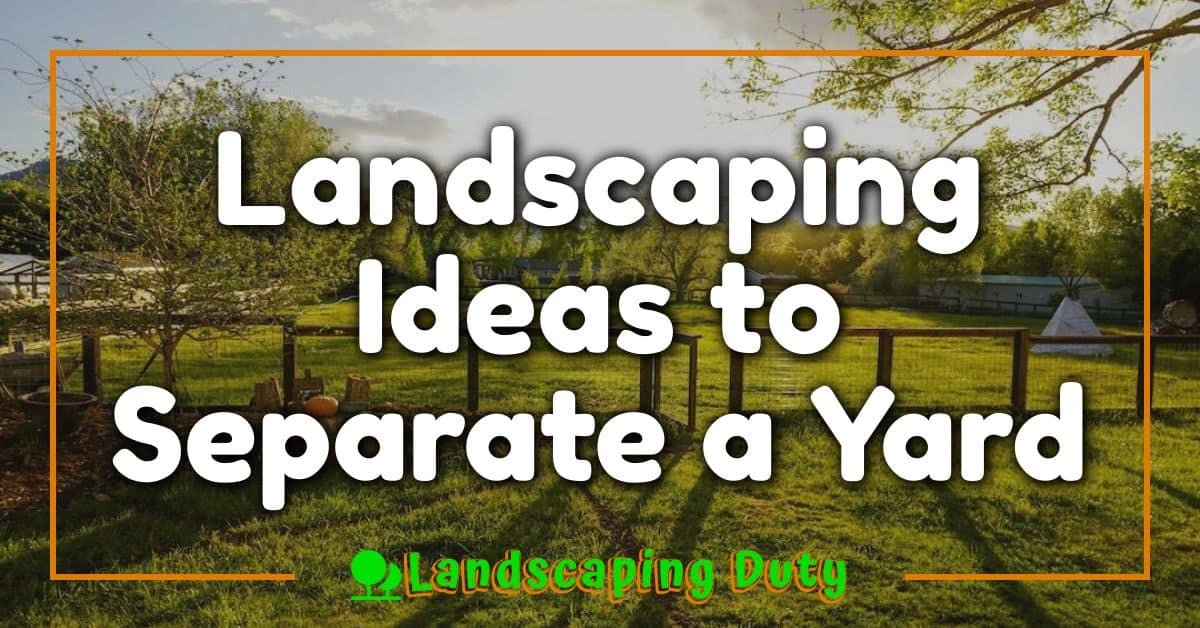Creating a beautiful garden might seem overwhelming at first, but trust me, it’s easier than you think. With a little planning and creativity, you can transform any outdoor space into a personal oasis that reflects your style and meets your needs. Whether you’ve got a sprawling yard or a cozy corner, the basics of landscaping remain the same.

I’ve learned that starting with a clear vision is key. From choosing the right plants to understanding how to work with your space, every step plays a role in bringing your garden to life. It’s not just about aesthetics—it’s about creating a space you’ll love spending time in. So, if you’re ready to dig in (literally), let’s explore the essentials that’ll set you up for landscaping success.
Understanding Garden Landscaping Basics
Garden landscaping blends functionality with aesthetic appeal, transforming outdoor spaces into enjoyable environments. A clear understanding of basic principles ensures efficient planning and execution.
Assessing Your Garden Space
I always start by evaluating the available area. Measure the dimensions accurately and observe sunlight patterns for at least a week. Identify potential problem areas, like poor drainage or uneven surfaces, to address them before implementing designs.
Defining a Practical Layout
A practical layout balances open areas with structured elements. I divide the space into zones, such as flower beds, seating areas, or pathways, ensuring they cater to specific needs. Using curves instead of straight lines can create a natural flow.
Selecting Suitable Plants
Choosing plants suitable for your climate and soil type optimizes growth. I categorize plants by their height and color to create visual harmony. Including seasonal varieties keeps the garden lively throughout the year.
Prioritizing Hardscaping Features
Hardscaping includes patios, fences, or garden borders. Incorporating these elements adds structure and depth. I use durable materials, factoring in weather conditions and long-term maintenance.
Maintaining Balance and Simplicity
Overcomplications reduce usability and serenity. I stick to three to four focal features, like a water fountain or tree center, to maintain a cohesive design. Avoid clutter by spacing features appropriately.
Planning Your Garden Layout
Planning the garden layout establishes the foundation for a successful landscaping project. I focus on understanding the space, outlining my objectives, and designing a cohesive, functional layout.
Assessing Your Space
I begin by measuring the entire available area, noting dimensions to avoid overcrowding or undersizing elements. I assess sunlight exposure throughout the day, identifying sunny and shaded zones. Observing drainage patterns helps me address water retention or erosion concerns. I consider existing features like trees, fences, or slopes and their impact on the design.
Setting Goals for Your Garden
Defining clear objectives ensures the garden aligns with my needs. If relaxation is a priority, I allocate space for comfortable seating areas. For growing food, I focus on areas with good sunlight for a vegetable bed. For a low-maintenance garden, I select native plants and durable materials. I prioritize features, like flower beds or pathways, based on their role in functionality or aesthetics.
Creating a Practical Design
I create zones within the garden to balance functionality and visual appeal. I allocate defined spaces for activities like dining, gardening, or relaxation. I incorporate pathways to connect these zones, ensuring smooth transitions. I choose shapes and patterns that match the natural flow of the space, avoiding excessive symmetry. Including a mix of open space and structured elements ensures the layout feels inviting and cohesive.
Choosing Plants And Materials
Selecting suitable plants and materials forms the backbone of effective garden landscaping. I ensure the choices I make complement the garden’s layout and local environment.
Selecting The Right Plants
I focus on finding plants that suit my local climate and soil type. Native species often thrive with less effort and support local biodiversity. For example, in temperate zones, lavender and coneflowers perform well, while succulents are ideal for arid regions. I categorize plants by height, color, and texture to create a layered visual appeal. Taller shrubs can define boundaries, medium-sized plants enhance flow, and ground covers fill spaces.
Seasonality matters, so I choose a blend of evergreen and seasonal blooms to maintain year-round interest. If the goal involves low-maintenance landscaping, drought-tolerant varieties save water and reduce overall upkeep. When planning for functionality, I incorporate herbs or edible plants in designated zones.
Using Quality Landscaping Materials
Durable, weather-resistant materials enhance both aesthetics and functionality. For pathways or patios, I prefer materials like natural stone, concrete pavers, or brick, which resist wear while adding texture. Mulch and gravel work well in garden beds to suppress weeds and retain moisture.
I select fences and trellises built from treated wood or metal to withstand outdoor elements, ensuring longevity. To unify the space, I harmonize material colors and finishes with the garden’s theme, avoiding any clashing patterns. Sustainable materials, such as reclaimed wood or recycled composites, provide eco-friendly options without sacrificing quality.
Essential Tools For Beginners
Equipping yourself with the right gardening tools simplifies garden landscaping and ensures efficient results. Beginners can start with a selection of versatile, durable tools for essential landscaping tasks.
Must-Have Gardening Tools
- Hand Trowel
I use a hand trowel for digging, planting, and transplanting smaller plants. Stainless steel trowels with ergonomic handles provide durability and comfort.
« Designing a Low-Maintenance Landscape for Busy Homeowners: Easy Tips for Effortless Yards Designing a Pet-Friendly Landscape: Tips for a Safe and Beautiful Outdoor Space for Your Pets »
- Pruning Shears
Pruning shears are essential for trimming shrubs, flowers, and small branches. Bypass pruners cut cleanly for healthier plants, making them ideal for beginners.
- Garden Fork
A sturdy garden fork is perfect for turning soil, aerating beds, and breaking up compacted areas. Four-pronged options work well in most soils.
- Shovel
Investing in a pointed shovel helps with digging holes, moving soil, and edging. Steel blades with long, sturdy handles offer excellent leverage.
- Garden Hoe
I find a hoe valuable for removing weeds and shaping planting rows. For beginners, a draw hoe works well for general maintenance tasks.
- Rake
A fan rake gathers leaves and debris efficiently, while a bow rake levels soil in planting areas. Both types are useful in garden upkeep.
- Watering Can or Hose
Choose a watering can with a detachable rose for gentle watering of seedlings or a lightweight hose for larger areas. Both ensure plants stay hydrated.
- Gardening Gloves
High-quality gloves protect hands from cuts and blisters while working. Look for durable, water-resistant materials for comfort.
Maintaining Your Tools
Proper maintenance extends tool life and ensures optimal performance. I clean my tools after each use, removing dirt to prevent rust. Wiping blades with a cloth and applying a thin layer of oil reduces metal corrosion. Sharpening pruners and other cutting tools ensures clean cuts, promoting plant health.
Storing tools in a dry, covered space prevents deterioration. I use wall hooks or pegboards to keep items organized. Periodic inspections for wear and tear help replace damaged components early, avoiding injury during use.
Basic Landscaping Techniques
Transforming outdoor spaces depends on thoughtful techniques that combine practicality and style. I focus on methods that enhance plant health, soil quality, and overall design harmony.
Planting And Pruning Tips
Planting deeply ensures root stability and health, especially for trees and shrubs. I space plants according to their mature size to prevent overcrowding and maintain airflow, which reduces the risk of diseases. Grouping plants by their water, light, and soil needs simplifies maintenance.
Pruning maintains plant shape, encourages growth, and removes unhealthy sections. I use pruning shears or loppers for clean cuts and trim during the plant’s dormant season to minimize stress. For flowering shrubs, I prune after blooms fade to prepare for the next cycle.
Mulching And Irrigation
Mulching improves soil moisture retention and prevents weed growth. I spread organic mulch, such as shredded bark or straw, in a 2-3 inch layer, ensuring it doesn’t touch plant stems to avoid rot. Mulch also regulates soil temperature, crucial in extreme climates.
Efficient irrigation conserves water while keeping plants hydrated. I use drip irrigation systems or soaker hoses for precise watering and to prevent evaporation. For lawns and larger areas, I water early morning, avoiding midday heat to reduce water loss.
Common Mistakes To Avoid
Skipping a clear plan often disrupts the garden’s functionality and design. I map out my space, consider zones, and plan pathways before planting to prevent disorganized layouts.
Overcrowding plants limits growth and reduces airflow. I space plants based on their mature size to ensure healthy development and avoid unnecessary maintenance.
Ignoring soil health weakens plants over time. I conduct a soil test to understand pH and nutrient levels, adding compost or amendments tailored to plant needs.
Choosing the wrong plants increases maintenance and reduces success. I select native or climate-appropriate plants and avoid placing sun-loving varieties in shaded areas.
Neglecting drainage leads to waterlogging, harming roots. I observe water flow and add solutions like French drains or raised beds for problematic zones.
Overusing hardscape features creates an unbalanced look. I blend materials like stone or wood with greenery to maintain visual harmony without dominating the space.
Forgetting maintenance overwhelms even simple designs. I schedule periodic tasks, keep my tools clean, and prioritize easy-care plants to sustain the garden effortlessly.
Conclusion
Creating a garden that reflects your style and meets your needs is an incredibly rewarding journey. With thoughtful planning, the right tools, and a focus on balance, even beginners can transform their outdoor space into a personal retreat.
Remember to stay patient and embrace the process, as gardening is as much about learning as it is about creating. Every step you take brings you closer to a vibrant and inviting landscape you’ll enjoy for years to come.
















